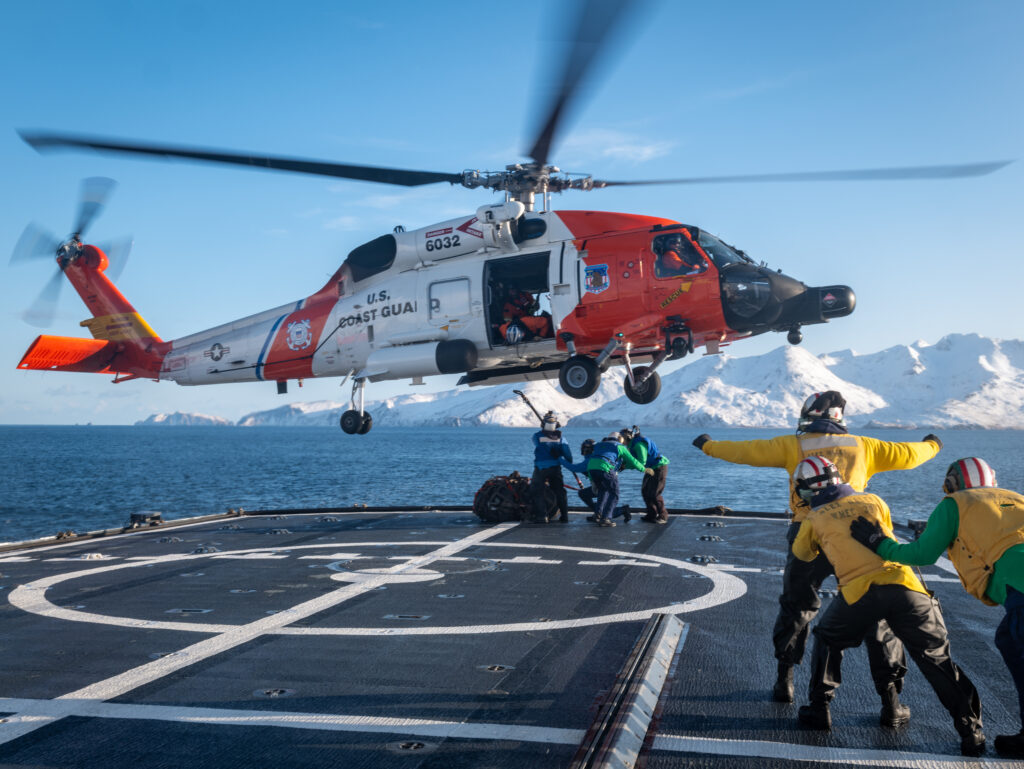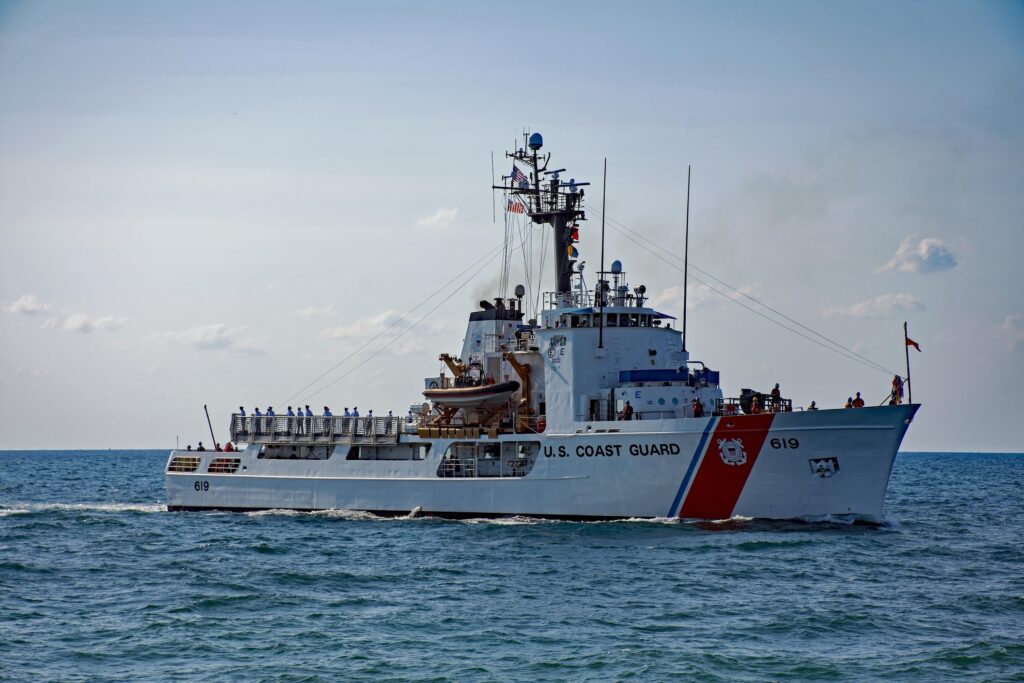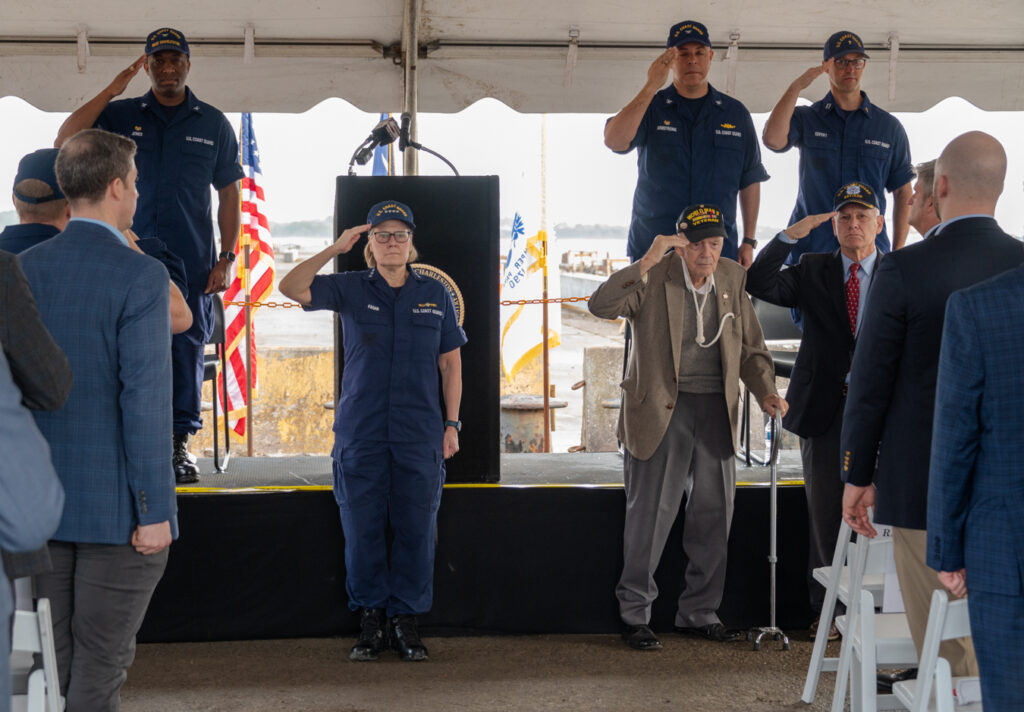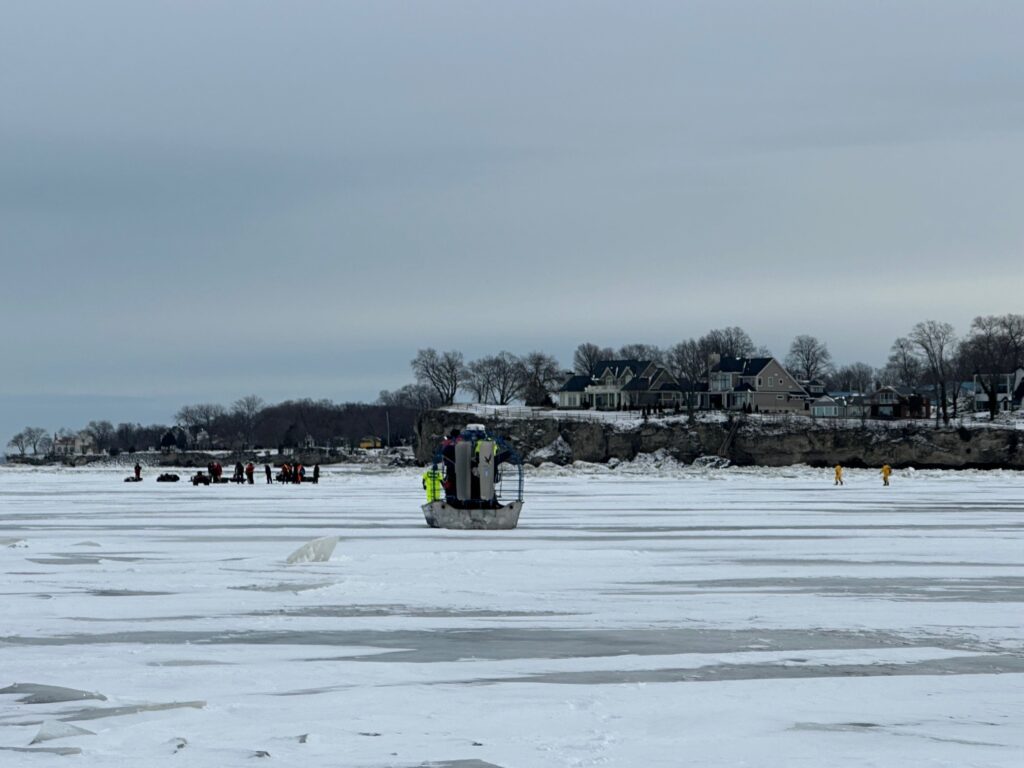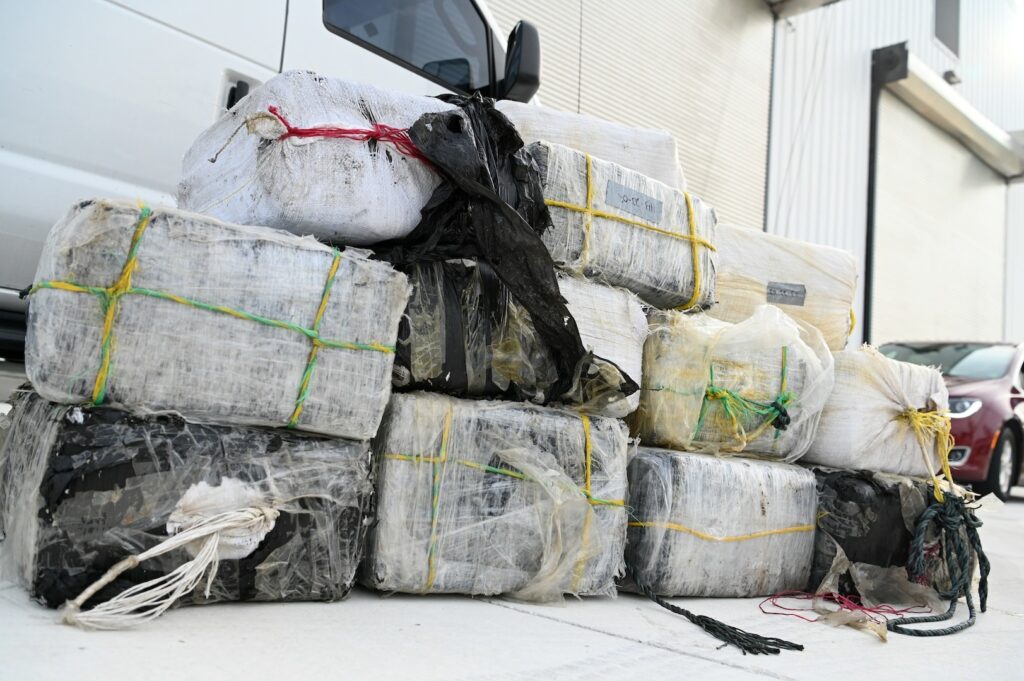Coast Guard Cutter Dependable returns home after 59-day patrol in the Florida Straits and Windward Passage
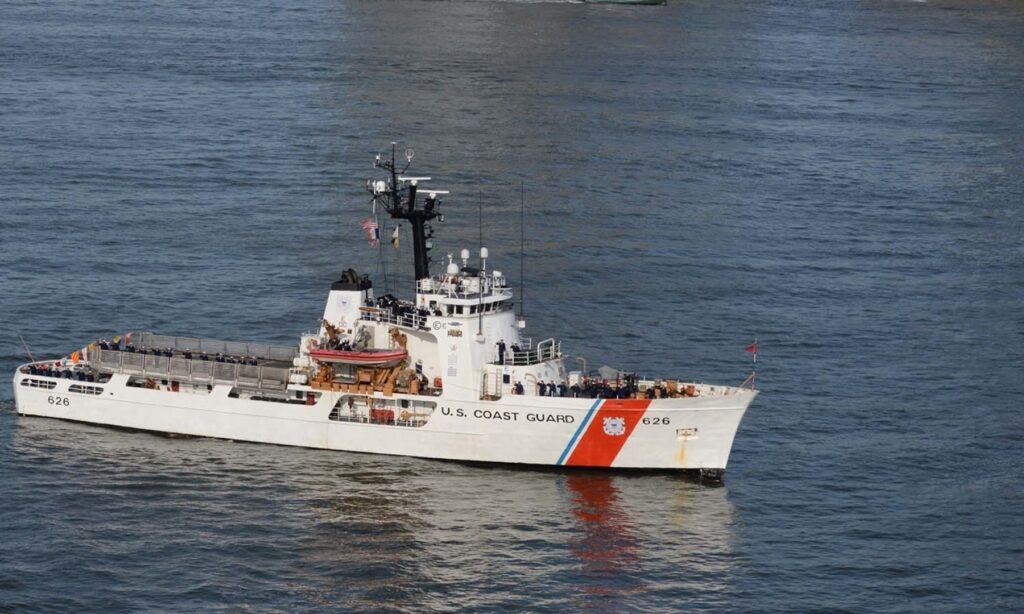
Feb. 10, 2024
Coast Guard Cutter Dependable returns home after 59-day patrol in the Florida Straits and Windward Passage
VIRGINIA BEACH, Va. — The crew of Coast Guard Cutter Dependable (WMEC 626) returned to their home port in Virginia Beach, Saturday, following a 59-day maritime safety and security patrol in the Florida Straits and Windward Passage.
Dependable and crew members deployed in support of Homeland Security Task Force-Southeast (HSTF-SE) and Operation Vigilant Sentry (OVS) while patrolling in the Coast Guard Seventh District’s area of operations. Dependable’s crew conducted illegal migration deterrence and interdiction operations while collaborating with other Coast Guard and interagency assets across the region to protect life at sea and secure U.S. maritime borders.
While underway in the Florida Straits and Windward Passage, Dependable worked with additional law enforcement entities, including U.S. Customs and Border Protection and the Haitian Coast Guard Commission, to detect, deter, and intercept unsafe and illegal migrant ventures bound for the United States. During the patrol, Dependable located and deterred four unlawful voyages with approximately 100 migrants on board. In addition, Dependable’s crew rescued 33 people aboard a 25-foot vessel in distress 6 miles off Haiti’s coast during heavy seas. Crew members conducted the search and rescue mission in 8-to-12-foot seas and winds gusting to 46 mph, saving all on board.
“Over the last two months, the crew of the Dependable have executed all assigned missions with dedication, skill, and initiative,” said Cmdr. Kristopher Ensley, commanding officer of Dependable. “Most notably, there are 33 people still alive today because of our crew and the way they courageously braved 12-foot seas, 40-knot winds, and limited visibility to execute this critical rescue. I could not be more proud of this team; they have truly lived up to our ship’s motto: ‘Count on Us!’”
Established in 2003, HSTF-SE is the Department of Homeland Security-led interagency task force charged with directing operational and tactical planning, command and control, and functions as a standing organization to deter, mitigate, and respond to maritime mass migration in the Caribbean Sea and Florida Straits.
OVS is the 2004 DHS plan that provides the structure for deploying joint air and surface assets and personnel to respond to irregular maritime migration in the Caribbean corridor of the United States. Its primary objectives are to protect life at sea while deterring and dissuading mass maritime migration alongside our federal, state, and local partners.
Dependable is a 210-foot, Reliance-class medium endurance cutter with a crew of 76. Since commissioning in 1968, Dependable has executed counterdrug and migrant interdiction operations, enforced federal fishery laws, and conducted search and rescue missions in support of Coast Guard operations throughout the Western Hemisphere.
For information on how to join the U.S. Coast Guard, visit www.GoCoastGuard.com to learn more about active duty and reserve, officer and enlisted opportunities. Information on how to apply to the U.S. Coast Guard Academy can be found here.


